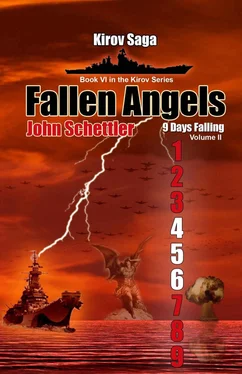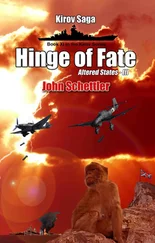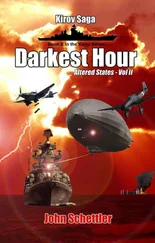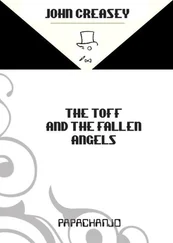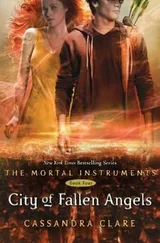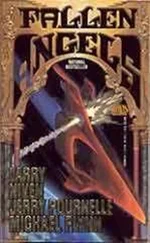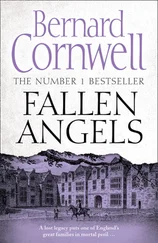Against a single carrier battlegroup we had the force to prevail, he thought. But the US Navy was not just a single battlegroup. They could bring that same force to the battle five times over here in the Pacific. We have fleet enough to hold our own credibly against only 20% of their real naval power here. Satellites were already picking up movement west from the 3rd Fleet sector on the US Pacific coast. CVBG Ford was coming.
Against that I’ve got Admiral Kuznetsov hiding up in the Sea of Okhotsk to get away from that ashfall and have the benefit of land based air cover. Perhaps I can keep that ship afloat for another week. The two Udaloys that made it back to Vladivostok are useless in an offensive role. All I have left are the submarines, safe from the Demon’s wrath as they cruised deep beneath the sea.
Reports there had been mixed. The Americans had found and killed an Oscar after the Russian subs revealed their position when they fired at the carrier. The other Oscar fled north, and Yasen was also still alive, but running silent. He did not know what the Americans had beneath the sea, but there were probably a fistful of deadly hunter killer subs on the prowl by now. What to do next? The battle was over for the time being, and his thoughts drifted to the operation underway in the Caspian.
If I had it to do over I would have put that control rod we found in Vladivostok on a submarine. Then it would have been right here to find Karpov and surface to deliver the rod. Perhaps it could have hovered beneath the ship and come home when Kirov shifted, but the more he thought about his plan the wilder it seemed. How do we even know these new rods will work? Kapustin had been very confident, and his revelation the previous night had been very telling.
“Because I told you,” he told them with certainty. “I know everything there is to know about these control rods, where they were manufactured, where they were shipped and stored, and one thing more—where the materials used in their manufacture came from…” He let that dangle, a teasing look in his eyes.
“Very well,” said Kamenski, “enlighten us, Gerasim.”
“There’s nothing unusual about the manufacturer,” Kapustin continued. “Rosatomica makes a good percentage of our control rods, but I ran down the materials composition and source data, and found something very interesting. It may be nothing, but then again…”
“Yes, yes, what is it?”
“Well the materials are sampled for purity, of course, and any residual elements or minerals are documented. That’s what caught my eye, because this Rod-25 seems to have a higher reading for calcite and calcium carbonate particles.”
“I don’t understand,” said Kamenski.
“I’m not sure I do either,” Kapustin admitted. “But that reading led me to check the materials source. These rods are basically steel tubes housing materials that easily absorb neutrons without undergoing fission. They use lots of things, silver, indium, cadmium, boron, cobalt and a witch’s brew of other elements, many I’ve never even heard of. The Americans use something called hafnium in their naval reactors—very rare—but we’ve been experimenting with some new substances and alloys of various sorts, like dysprosium titanate. The engineers note it has a much higher melting point and is very stable, producing almost no radioactive waste. It’s a ceramic material, a kind of spin ice with magnetic properties. And this is interesting, the readings that caught my eye were for a material called Silverberg. It’s also called Iceland Spar because it was originally mined in Iceland, and they called it silver-rock there. If you had a lump in your hand it would look like a big crystal, and it has some very interesting properties in addition to magnetic effects. It splits light! Some say it was used as a navigation aid centuries ago.”
“A navigation aid?” Volsky did not follow him.
“Yes, yes,” said Kamenski. “I have heard of this. The Vikings called it Sunstone. They could hold the crystal up under a completely overcast sky, and by moving it across the sky and observing the stone they could find the position of the sun. It can polarize light—even infrared. In effect, it’s a doubly refracting Calcite. They use it with lasers in our day and who know what else.”
“You mean something like a prism?” Volsky had some grasp on it now.
“I think more like a doubling effect of the light. It takes the light rays and decomposes them into two rays. Double or nothing, eh?”
“This material is in Rod-25?” asked Volsky.
“Yes,” said Kapustin, “and in very high residual quantities relative to other impurities listed. And now comes the real surprise. I ran down the purchase orders to find out where these materials were mined. This particular batch had a significant shipment from a mining operation just north of Vanavara, a little strip mine right on the river there.” He tapped his pen on the computer screen as if to indicate the place.
Kamenski’s eyes seemed to glitter, the light of his thinking doubled as the Inspector went on, but the Admiral had a clueless expression on his face, and it was clear he was not seeing the importance of any of this.
“Vanavara? And the name of the river where this strip mine is located?” Kamenski asked the question as if he already knew the answer, and Kapustin smiled.
“I knew you would make the connection, Pavel.”
“What river?” said Volsky.
“The Stony Tunguska.” Kapustin folded his arms, a satisfied grin on his face.
“Tunguska? You mean the place where that asteroid fell?”
“Correct,” said Kapustin. “In fact, the mine is located right on the outer rim of the area scientists have delineated as the perimeter of the explosion. They’ve been looking for exotic materials there for some time now.”
“Very interesting,” said Kamenski, the light of recollection in his eyes. “A team of Italian researchers think Cheko Lake is the actual impact site there, and they have been trying to take samples of compressed material beneath the lake that may be from the asteroid itself. So what you are telling us is that this Rod-25 has a high percentage of residual material—this Iceland Spar Calcite—and it was mined along the Stony Tunguska River north of Vanavara?”
“Precisely, and it may have come from the same mysterious object that exploded over Tunguska.”
“And this Iceland Spar is refractive; it splits and doubles light rays passing through it.”
“Correct.” Kapustin smiled. “It’s distributed all through this particular control rod, scattered like powder. If it can split light rays, who knows what else it might be doing when exposed to the radiation within a nuclear reactor?”
“Amazing,” said Kamenski. “The other two rods from this batch, do they also show this same residual material?”
“Of course. Like father and son. In fact, the one we had stored here had even higher readings than Rod-25. So these other control rods may exhibit the very same properties and effects, unless all of this is completely irrelevant. Who knows?”
“I don’t understand the science,” said Volsky, “but there is no denying the effects. I’ve lived them. It was mere happenstance that we eventually came to see the twelve day shift pattern aboard Kirov , and mate it with Dobrynin’s maintenance schedule on the reactor. And you have already told me that a significant nuclear explosion produces time displacement. That alone is cause for amazement.”
“Or a massive geothermal explosion,” Kamenski put in. “Perhaps this control rod redoubles the effects of nuclear fission in some way when it is inserted into the reactor,” Kamenski held up a finger, thinking about it further. “We won’t figure all this out here, but let’s put some good minds to work on this—quietly. In the meantime, we have already seen the effects produced by this control rod, and seeing is believing. If these other two rods also have this material in them, and they work as we hope they will, then we may have made one of the greatest discoveries in human history. Congratulations, Gerasim! You may have just discovered the secret of time travel!”
Читать дальше
